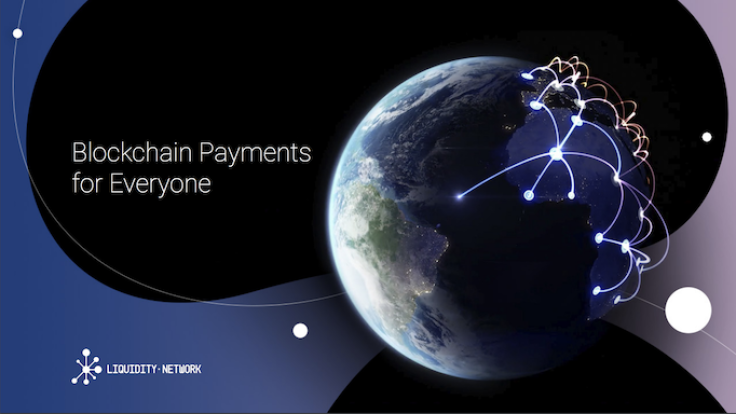New off-chain scaling solution, Liquidity Network aims to become the PayPal of Blockchain

It’s not a secret that more companies are adopting blockchain technology with the aim to make all forms of transactions safer, faster, and more efficient. The growth of decentralized systems has shaken the business world, especially the financial sector. However, while cryptocurrencies are still a worry for governments and financial institutions, its main driver — blockchain technology — is slowly being adopted by these outfits.
Just a few months back in 2017, Master Card launched its own blockchain based B2B payment platform. The integration intends to offer a faster, safer, auditable, and easy to scale payment solution that will also address challenges in the costs of cross-border transactions. Visa was quick to follow suit, working on its own blockchain network. American Express also started exploring the platform.
Supporting this financial evolution further, Liquidity Network is also launching a new blockchain payment system that will make micro-transactions easier and more cost-efficient for Ethereum users. The scalable off-chain platform which aims to integrate with a variety of blockchains including Bitcoin and Neo, boasts of being immune to congestion while promising lower transaction costs. The platform aims to be the blockchain counterpart of the payment service behemoth, PayPal.
Making payments is one of the main applications of blockchain technology; however, its limited transaction capabilities compared to typical fiat currency payment providers such as Visa (which boasts 45,000 transactions per second) is a blocker to mainstream adoption. For example, Ethereum’s current infrastructure can only process around 15 transactions per second as opposed to mainstream payment systems that can process thousands of transactions within the same timeframe. This causes unnecessary congestion on the Ethereum blockchain, whilst also raising the time and cost of making a transaction.
To solve this obstacle, Liquidity Network will be utilizing off-chain payment hubs to scale the transaction capabilities that existing payment channels provide. However, unlike other off-chain payment channels like Lightning network and Raiden network which service two party payment channels, the Switzerland-based company claims its payment hubs allow millions of users to instantly transact with one another. The project has already been successfully deployed on Ethereum’s Testnet service and has reached more advanced stages of development.
The long anticipated Lightning Network, which is based on the Bitcoin blockchain, is also a decentralized network using smart contract functionality in the blockchain to enable instant payments across a network of participants. It offers bi-directional payment channels which also allow instant payments, lower transaction costs, and scalability.
Raiden Network, which is still a work in progress, and based on the etheruem blockchain offers a very similar service to Lightning Network and works with any ERC20 compatible token. It aims to avoid the blockchain bottleneck by using a network of payment channels which allow secure transfers of value off-chain. This means it can process transactions without involving the blockchain for every transfer.
The newest off chain scaling solution, Liquidity Network however doesn’t require collateral to be locked up from each party and allows users to send funds to any member in the network. It also requires significantly less routing while keeping the benefits of decentralization. Positioning it as the ‘Trustless’ PayPal of blockchain technology, the system offers similar prerequisites — it has no joining fees and is free-to-use for all regular users. Only merchants will be paying transaction fees. Similar to PayPal, it offers the option for the sender or the recipient to pay the fees.
With the proliferation of cryptocurrency and the increased use of blockchain technology, Liquidity Network’s plans of becoming the new mainstream form of payment — aka the PayPal of blockchain transactions - shouldn’t be too far away. More so, if there is ever to be a world in which blockchain transactions are widely accepted across the business landscape, it is clear that solutions like the Liquidity Network are a necessity to facilitate the global demands of big business.






